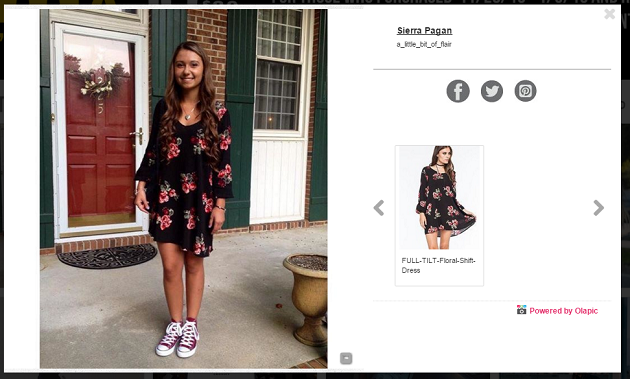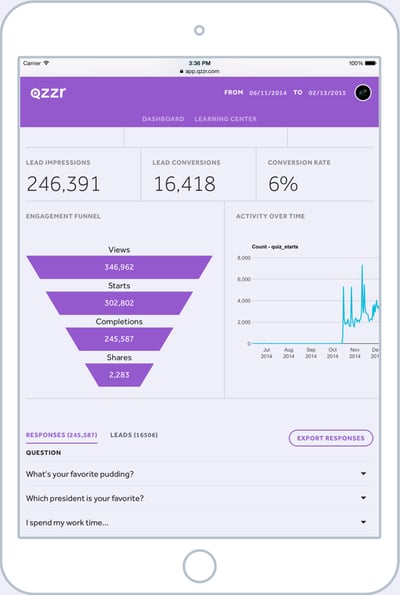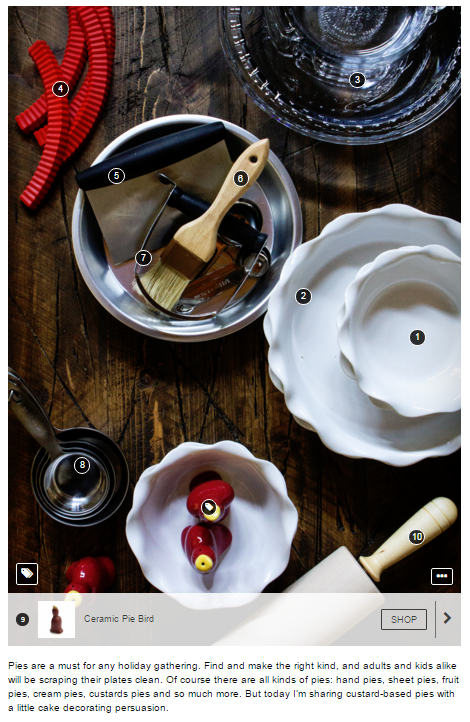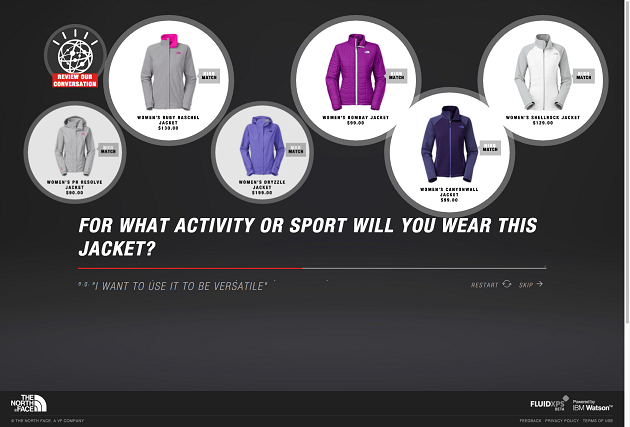Brand Secrets for Audience Engagement

Engagement is traditionally defined as an agreement, a promise if you will, to be present at a particular place and time. It's no different really in the digital realm where engagement requires just as much emotional investment and a commitment from both brands and consumers.
That's not always easy to draw out or manage, of course, but it's most certainly possible and as might be imagined, dollars are flowing rapidly toward these initiatives. For help with improving your company's engagement initiatives, check out three brand secrets below:
Secret 1: A little UGC goes a long way.
Millennials trust information received through user generated content (UGC) 50 percent more than information from other media sources according to a study from Ipsos Media CT and the Social Media Advertising Consortium (SMAC). The reason UGC is such a trustworthy source is because the content comes from a consumer's peers and not a brand trying to market its products. That doesn't mean, however, that brands can't leverage UGC to engage consumers with their own marketing initiatives.
Tillys, for example, is just one of many brands that leverages visual commerce platform Olapic to display UGC on its website. By leveraging Olapic, Tillys is able to display a shoppable UGC photo gallery on its landing page. To participate, consumers simply need to tag their pictures with the #Tillys hashtag. Then, site visitors can engage with these images by sharing the content onto social networks like Facebook, Twitter and Pinterest, as well as can shop the apparel directly from the UGC photo (see image).

UGC photo galleries are just the tip of the iceberg, however, when it comes to how brands can leverage this type of content to engage their audience. Another popular way to generate UGC and engage consumers at the same time is social contests. Carnival Cruise Lines leveraged this strategy to grow its Pinterest presence. To do so, the brand leveraged Curalate to launch a contest that asked fans to tell a visual story of their dream destination for a chance to win a 7-day Caribbean cruise for two. During the contest, Carnival's followers quadrupled and Pinterest referral traffic to Carnival's website went up nearly 700 percent with 45 percent of the contest entrants opting in to receive promotional emails from the company.
Bonus: Get more UGC inspiration by checking out Website Magazine's "3 UGC Wins from Holidays 2015." Secret 2: Interactivity is alluring.
Remember riding in an elevator as a kid? You most likely got excited to push the elevator buttons because it's a type of interaction that you didn't get to experience every day (unless you grew up in a high rise). Although elevator buttons are not as exciting to adults, interactivity still is. In fact, one of the most engaging types of content on the Web nowadays is interactive content quizzes, which have been made popular by brands like Buzzfeed.
Due to this interactive content type's rise in popularity there a quite a few quiz-building technologies available on the market, including Qzzr and Riddle. Qzzr, for instance, has been leveraged by brands like LinkedIn, Yahoo!, Trulia and Sports Illustrated. The technology enables brands to quickly create quizzes, embed the content on their site and share it on social. What's more, the solution offers a lead generation tool that enables brands to collect email addresses and the respondents' answers to quizzes, as well as offers a dashboard that gives brands the ability to track their results so they can see just how engaging their quizzes are. Riddle, on the other hand, can be leveraged to not only create quizzes, but also other types of interactive content, such as opinion polls, lists and personality tests.

In addition to content quizzes, brands can add interactivity to their blog posts with solutions like Curalate Reveal. This technology enables brands to transform ordinary blog posts into interactive, revenue-driving experiences. Take Crate and Barrel as an example. The retailer leveraged Curalate's Reveal solution to make the images within its blog posts shoppable. When a consumer visits a blog post and engages with an image by hovering over it with their mouse, all items that are available for purchase are revealed with little number tags (see image). By clicking these tags, consumers are then directed to the appropriate product page where they can easily convert.
 Secret 3: Be a guiding light.
Secret 3: Be a guiding light.
Sometimes consumers just need a little guidance in order to increase their engagement with a brand. Popular apparel retailer North Face realized this and decided to leverage Fluid's expert personal software (XPS) technology, which is powered by IBM's Watson, to provide a guided shopping experience to its site visitors.
When consumers visit the retailer's website they are able to leverage a dialog-based recommendation engine to find the right products via natural conversation (see image).
"Digital retail continues to transform the way we shop, and embedding cognitive technologies is the next major step in engaging customers," said Kent Deverell, CEO of Fluid. "By tapping into Watson, XPS aims to provide The North Face shoppers helpful, relevant and intuitive product recommendations. We believe this kind of engaging, personalized interactive experience will become the norm for online shoppers in years to come."

Aside from offering guidance from solutions like Fluid XPS, brands can also offer guidance by good ol' fashion customer service. While it is always a good idea to offer customer service options on a brand's website, brands can stand out by also making an effort to offer customer service in other channels - especially social networks. In fact, 33 percent of customers who contact brands with a customer service question on social media never get a response at all according to 2015 data from The Northridge Group, which means that this channel is a huge area of opportunity for brands in 2016.
Fortunately brands can easily step up social customer service initiatives by leveraging a social media management platform like Sprout Social or Hootsuite, which enables brands to cut through the noise and respond to inquiries that they might otherwise miss. In addition, customer service platforms like TouchCommerce, Conversocial and SnapEngage offer social-specific solutions for brands.
Bonus: Step up your customer service initiatives on Facebook by reading Website Magazine's "Become a Customer Service Pro on Facebook."










